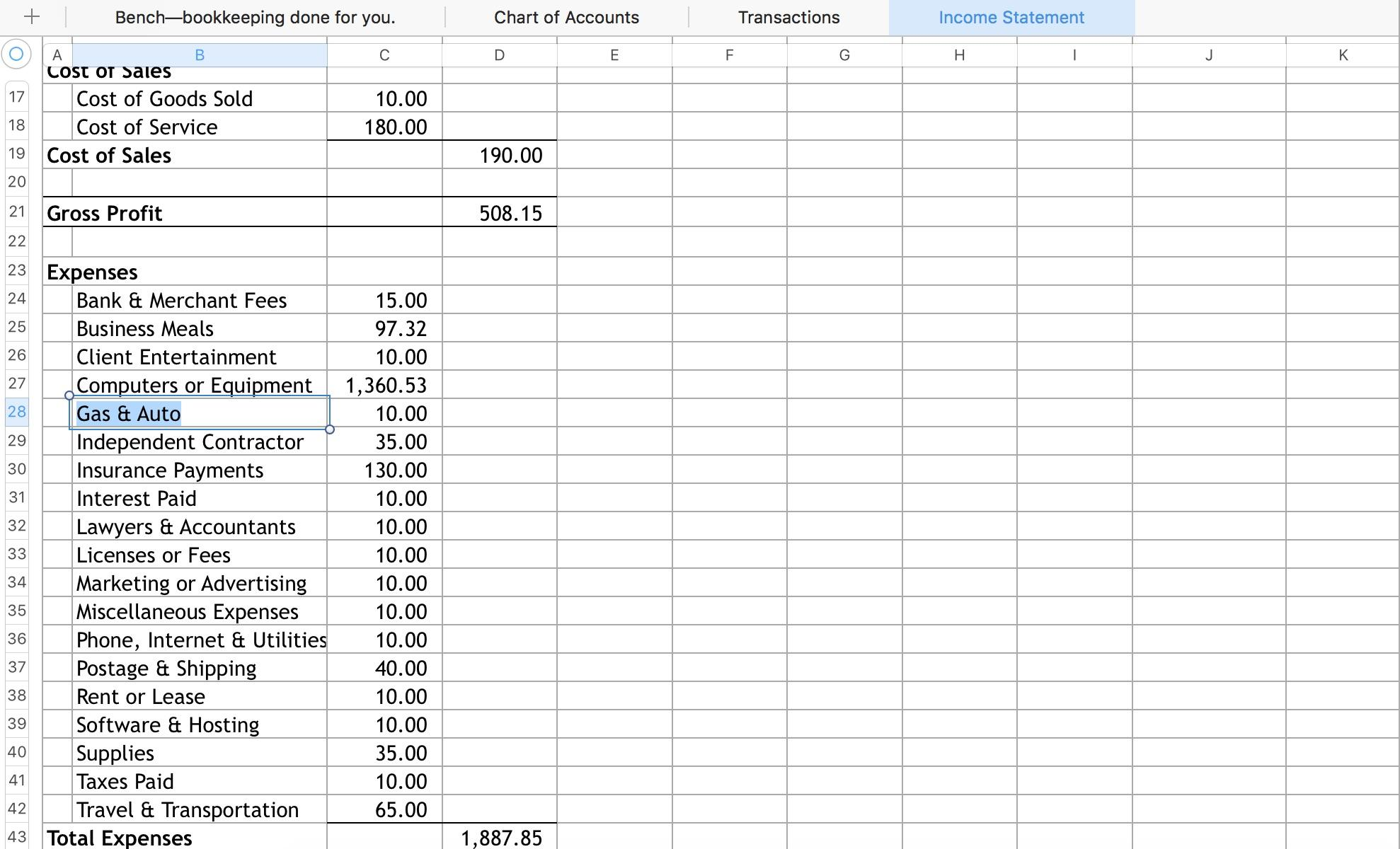
and they do not have perpetual existence. However, downsides include the fact that LLCs are not recognized outside the U.S. It also requires the creation of an official partnership agreement.Ī limited liability company (LLC) structure has benefits like limited liability, a flexible management structure, no corporate business taxes and the flexibility to choose a tax structure. However, cons also include unlimited personal liability (depending on the partnership classification) and no perpetual existence. From a tax pros perspective, it is also a pass-through entity with no corporate business taxes and an easy, inexpensive business structure to set up. However, that set up also means unlimited personal liability, difficulty in getting business financing and no perpetual existence.Ī partnership is similar in structure to a sole proprietorship but two or more people share ownership. It’s a fairly easy and inexpensive business structure to set up with minimal reporting requirements, no corporate business taxes and operates as a pass-through entity. A sole proprietorship, which is owned and run by a single individual, is the simplest and most common structure chosen to start a business. What are the tax pros and cons of each business structure?Įach legal business structure has its respective pros and cons. The IRS defines “business income” as income received from the sale of product or services. The business owner subtracts all the deductions from the business income (or gross income) to determine the taxable income before figuring out the amount of tax owed. Tax deductions reduce the amount of business income that is taxed. They instead “pass” the business income (its profit or loss) to the owner, and that money is taxed under the owner’s individual income tax rate on the owner’s tax return. They don’t, like C-corps, pay corporate taxes. Most small businesses are what are called “pass-through” entities.

How a business is taxed depends on a company's legal structure, with pass-through entities like sole proprietorships, partnerships, LLCs and S corporations differing significantly from the double taxation involved with a C corporation.

Tax deductions reduce the amount of business income that is taxed, which helps reduce tax burden, particularly among smaller companies.The changes added new deductions, such as a provision allowing small businesses to write off up to 20% of qualified business income from their federal income taxes changed some deduction percentages and took away some deductions entirely. The Tax Cuts and Jobs Acts, which was signed into law in December 2017, figuring it all out can be confusing.
#Small business expenses list full#
By keeping up with all the deductions available for business expenses, a small company can ensure it’s taking full advantage and lower its tax burden while ensuring its tax filings are compliant-especially in light on new deductions and changes put in place by The Tax Cuts and Jobs Acts. Federal taxes on business income and state taxes on business income both rank high. Taxes are a top financial challenge for small businesses surveyed in NFIB’s annual Problems and Priorities report - taking up four spots among the top 10 challenges. East, Nordics and Other Regions (opens in new tab)


 0 kommentar(er)
0 kommentar(er)
